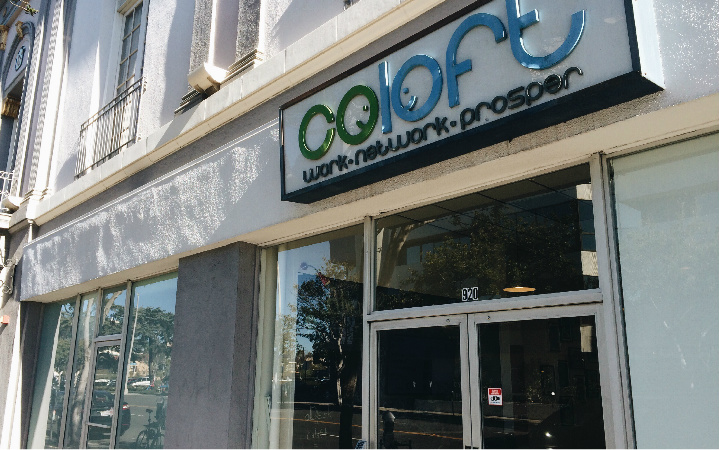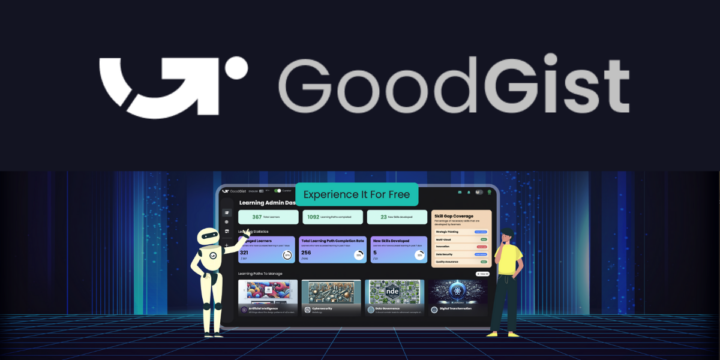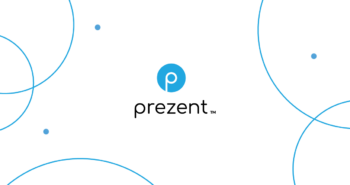About the Author: Emily Egbert is the spokesperson for the HitUp App
I shouldn’t have waited until I was starving to try GrubHub. It was late, I had just downloaded the app and I was hungry.
Just after I’d finished entering all my information and carefully selecting my order, the app shut down. By the time I reopened it, my information had been erased. So I bit the bullet and tried again, but when the same thing happened, I deleted the app and never looked back. I’ve heard GrubHub has fixed this problem, but that day, it lost a sale, a potentially loyal customer, and a referral.
GrubHub serves as a perfect example of why it’s vital to have certain features up and running on your app before it’s ever released to customers. Apps that fail to delight users right away often don’t get a second chance.
What Users Expect in an App
In the rush to release your app, it’s easy to overlook consumer-facing features. But this is a grave mistake — one that might not be apparent until you have a working prototype. And once your app is up and running, these flaws will be much harder to fix. Meanwhile, technology will march on while you tweak your app, making it obsolete before it’s even launched. That’s why it’s crucial to know which features consumers demand from developers.
Here are five important features you can’t ignore:
A customer service section:
Users expect apps to have an easy-to-find customer service section. A one-star review for an app usually indicates that a company has repeatedly failed to respond to or resolve user problems. Having top-notch customer service means providing a way for users to submit feedback and receive quick responses to their problems.
A strong user interface:
Apps need to have great usability and be visually appealing. Don’t underestimate the aesthetic appeal of your app; it’s an important way consumers interact with and view your app.
Allowance for user errors:
The interface should allow for (and expect) user error. If a user is forced to start over after mistyping her birthday, she’ll probably give up altogether. Instead, this type of error should trigger a pop-up message that identifies what action was wrong and how to fix it. Be forgiving. Even with a perfect app, people will make mistakes.
Social media login:
These days, people expect to be able to log in or register for an app using their social media accounts. You should also consider a “remember me” feature that saves usernames and passwords for the next time users want to log in — and don’t forget to include an easy way for users to retrieve their forgotten usernames and passwords. Lastly, if you’re asking users to fill out forms when they register, remember to keep them short. Conversion rates fall sharply when the sign-up process is overly long.
Speed:
Nobody wants to sit around waiting for an app to load. In fact, this is one of the easiest ways for an app to fail. My experience with GrubHub isn’t unique. Apps that are too slow or that crash without saving user information will affect the customer experience — and your conversion rates.
Nail Down the Important Features
Consumers simply won’t accept apps that fail on these five basic fronts.
For example, the file-sharing app Bump was hailed as a success story when Google bought it in 2013. You may remember it as the app that let you touch your phone to another phone to share files, photos, or music. The concept was great, but due to long load times and tons of bugs, the app was a dud.
Why did Bump get so much initial attention, only to flop in the end? It’s because a great idea doesn’t always make a great app. Here are three ways to ensure that your app is packed with all the necessary features:
Test, test, and test
Recruit real people to test your app before it’s released, and take their feedback into account as you tweak the app. Get to know your users and how they’re using your app. You might discover that it’s being used differently than you originally intended, and that’s OK — as long you know in advance.
Keep it simple
Eventually, you’ll be able to pick up patterns in your user feedback, which will give you a good idea of what your users want. Focus on that and nothing else. It’s tempting to add frivolous features because they look cool. But at the end of the day, users will prefer an app that gets the job done in 15 seconds to one that’s bogged down by tons of cool, but unnecessary, features.
Write concise copy
All user interfaces need actionable copy. Keeping your messages conversational and punchy is actually more difficult than you think, but it’s crucial to keep your labels clear and concise so users can easily understand them.
A recent study by Gartner predicted that less than 0.01 percent of apps will be considered financially successful by 2018. But by following these three tips, you’ll be able to cover your bases and create a successful, user-friendly app. Remember: Apps don’t get a second chance with consumers, so make sure your product is something they will want to use from the moment it launches.









